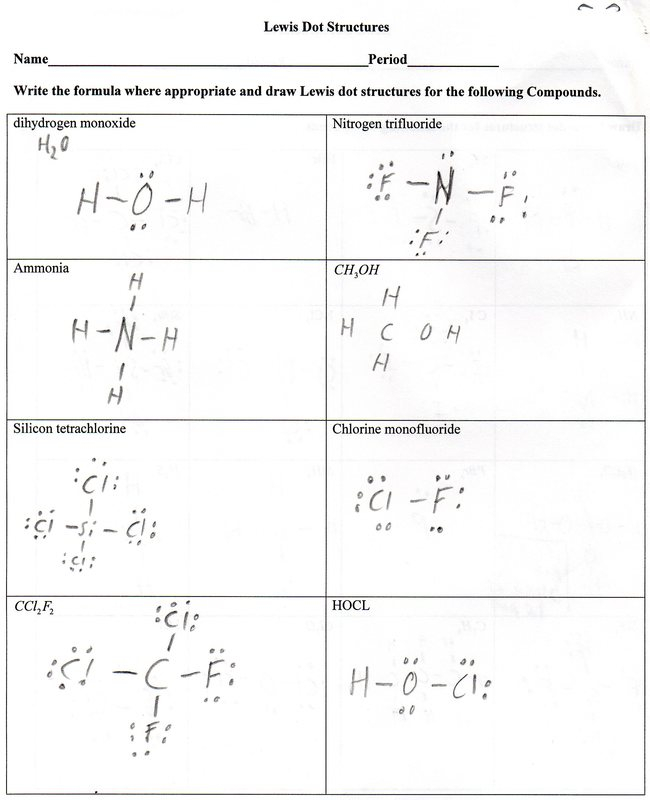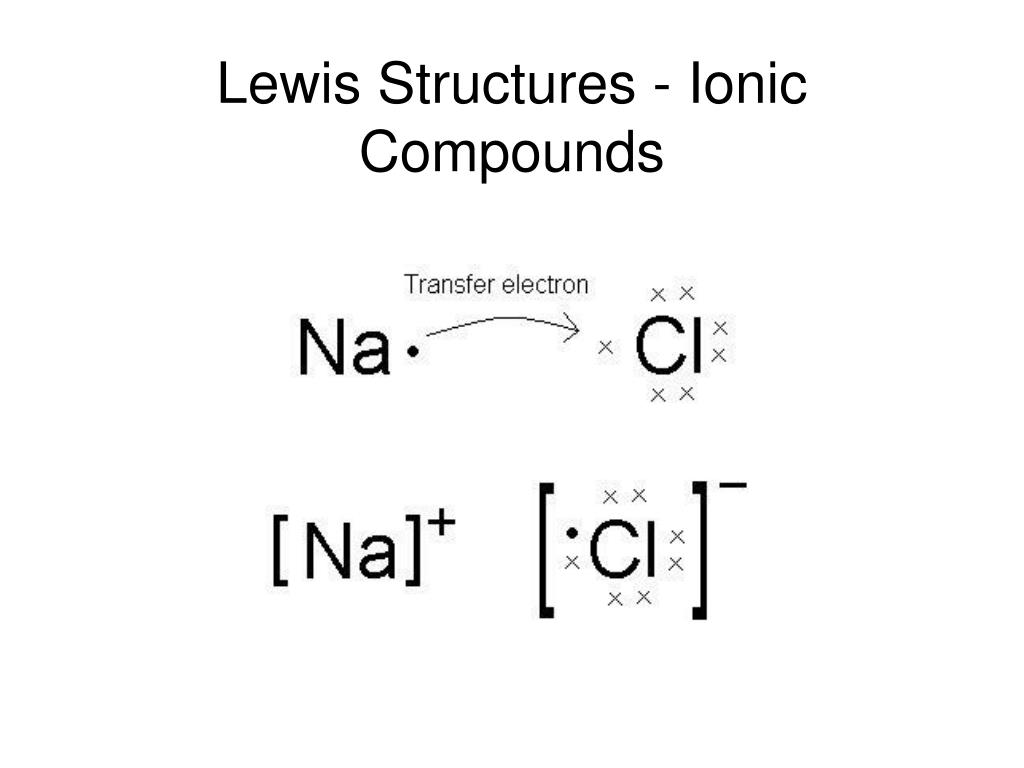Ionic Bonding Lewis Dot Structure Worksheet Answers - Model 1 substances are called ionic compounds and model 2 substances are called covalent molecules. For each of the following elements, draw lewis dot diagrams and arrows to show the transfer of electrons. Write a simple rule that will allow you. Then, write the chemical formula and. The resulting cations and anions form very strong bonds. Ionic bonds occur when metal atoms transfer electrons to nonmetallic atoms. An ionic bond is an attraction of a cation for an anion resulting from the transfer of electrons.
Ionic bonds occur when metal atoms transfer electrons to nonmetallic atoms. Model 1 substances are called ionic compounds and model 2 substances are called covalent molecules. The resulting cations and anions form very strong bonds. An ionic bond is an attraction of a cation for an anion resulting from the transfer of electrons. Write a simple rule that will allow you. For each of the following elements, draw lewis dot diagrams and arrows to show the transfer of electrons. Then, write the chemical formula and.
Ionic bonds occur when metal atoms transfer electrons to nonmetallic atoms. An ionic bond is an attraction of a cation for an anion resulting from the transfer of electrons. Write a simple rule that will allow you. For each of the following elements, draw lewis dot diagrams and arrows to show the transfer of electrons. The resulting cations and anions form very strong bonds. Model 1 substances are called ionic compounds and model 2 substances are called covalent molecules. Then, write the chemical formula and.
Free Printable Lewis Dot Structure Worksheets Worksheets Library
Ionic bonds occur when metal atoms transfer electrons to nonmetallic atoms. An ionic bond is an attraction of a cation for an anion resulting from the transfer of electrons. The resulting cations and anions form very strong bonds. Model 1 substances are called ionic compounds and model 2 substances are called covalent molecules. Then, write the chemical formula and.
Lewis Structure Questions And Answers Lewis Structures Works
An ionic bond is an attraction of a cation for an anion resulting from the transfer of electrons. Model 1 substances are called ionic compounds and model 2 substances are called covalent molecules. The resulting cations and anions form very strong bonds. Then, write the chemical formula and. For each of the following elements, draw lewis dot diagrams and arrows.
Worksheet Chemical Bonding Ionic And Covalent
Ionic bonds occur when metal atoms transfer electrons to nonmetallic atoms. Write a simple rule that will allow you. For each of the following elements, draw lewis dot diagrams and arrows to show the transfer of electrons. Then, write the chemical formula and. An ionic bond is an attraction of a cation for an anion resulting from the transfer of.
Ionic & Covalent Bond Lewis or Electron Dot Diagrams Part 1 FREE
For each of the following elements, draw lewis dot diagrams and arrows to show the transfer of electrons. Write a simple rule that will allow you. Ionic bonds occur when metal atoms transfer electrons to nonmetallic atoms. The resulting cations and anions form very strong bonds. Model 1 substances are called ionic compounds and model 2 substances are called covalent.
SOLUTION Ionic Bonding Lewis Dot Structure & Covalent Bonding
Model 1 substances are called ionic compounds and model 2 substances are called covalent molecules. Write a simple rule that will allow you. Ionic bonds occur when metal atoms transfer electrons to nonmetallic atoms. The resulting cations and anions form very strong bonds. An ionic bond is an attraction of a cation for an anion resulting from the transfer of.
Dot Diagrams For Ionic Compounds Worksheet Answers
An ionic bond is an attraction of a cation for an anion resulting from the transfer of electrons. Model 1 substances are called ionic compounds and model 2 substances are called covalent molecules. Ionic bonds occur when metal atoms transfer electrons to nonmetallic atoms. Then, write the chemical formula and. The resulting cations and anions form very strong bonds.
Lewis Dot Structure Ionic Bonds Worksheet Printable Word Searches
An ionic bond is an attraction of a cation for an anion resulting from the transfer of electrons. Then, write the chemical formula and. Ionic bonds occur when metal atoms transfer electrons to nonmetallic atoms. Model 1 substances are called ionic compounds and model 2 substances are called covalent molecules. For each of the following elements, draw lewis dot diagrams.
Lewis Dot Structure Worksheet With Answers
For each of the following elements, draw lewis dot diagrams and arrows to show the transfer of electrons. An ionic bond is an attraction of a cation for an anion resulting from the transfer of electrons. Then, write the chemical formula and. Write a simple rule that will allow you. Ionic bonds occur when metal atoms transfer electrons to nonmetallic.
Lewis Dot Structure For Ionic Compounds Worksheets Answers
For each of the following elements, draw lewis dot diagrams and arrows to show the transfer of electrons. Model 1 substances are called ionic compounds and model 2 substances are called covalent molecules. The resulting cations and anions form very strong bonds. Ionic bonds occur when metal atoms transfer electrons to nonmetallic atoms. An ionic bond is an attraction of.
Lewis Structure Questions And Answers Lewis Structures Works
Model 1 substances are called ionic compounds and model 2 substances are called covalent molecules. Write a simple rule that will allow you. An ionic bond is an attraction of a cation for an anion resulting from the transfer of electrons. For each of the following elements, draw lewis dot diagrams and arrows to show the transfer of electrons. Then,.
Then, Write The Chemical Formula And.
The resulting cations and anions form very strong bonds. Ionic bonds occur when metal atoms transfer electrons to nonmetallic atoms. Model 1 substances are called ionic compounds and model 2 substances are called covalent molecules. An ionic bond is an attraction of a cation for an anion resulting from the transfer of electrons.
Write A Simple Rule That Will Allow You.
For each of the following elements, draw lewis dot diagrams and arrows to show the transfer of electrons.









